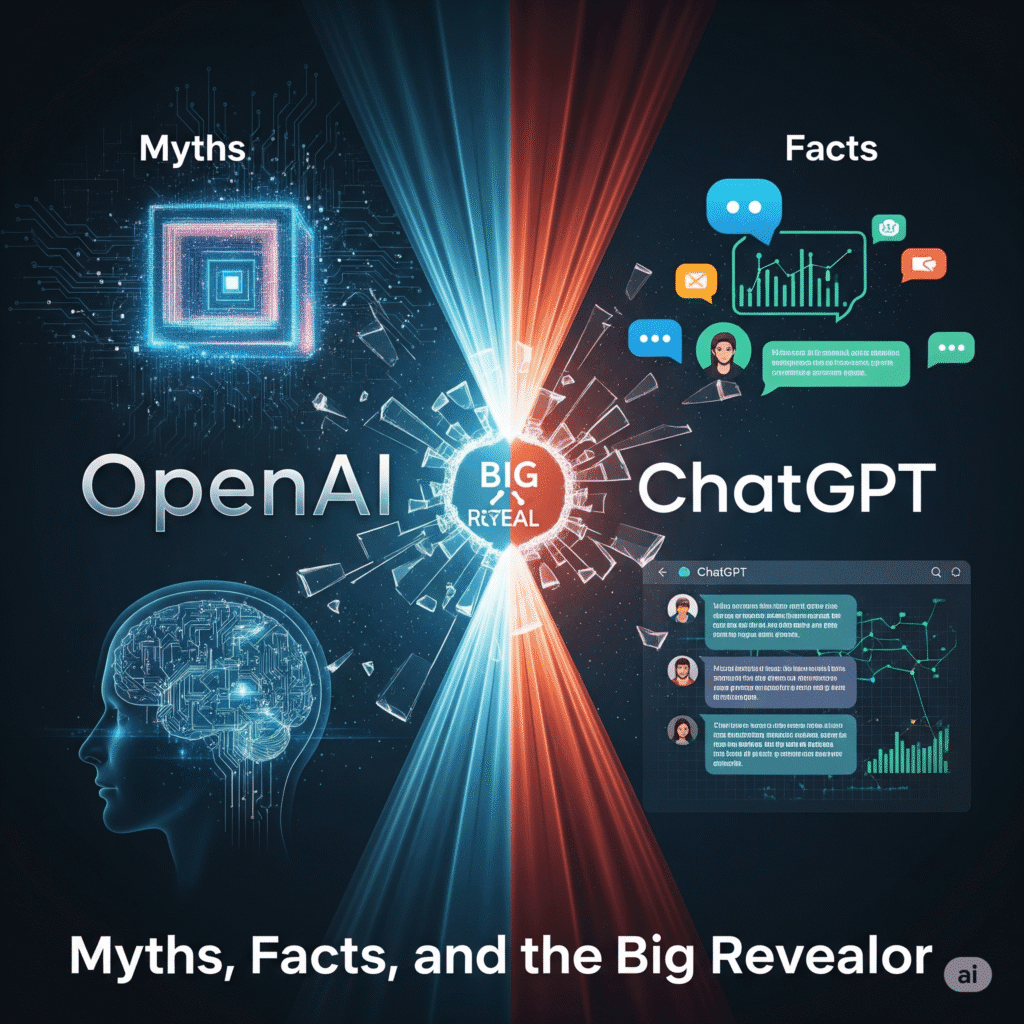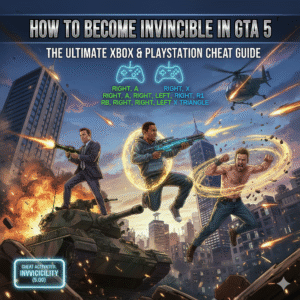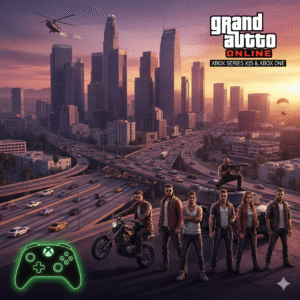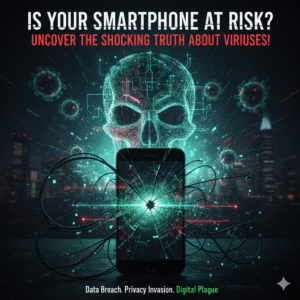
When it comes to artificial intelligence, two names dominate public conversation: OpenAI and ChatGPT. Unfortunately, many people use these terms interchangeably, which creates confusion about what each actually represents. In this article, we’ll break down the OpenAI vs ChatGPT debate, bust common myths, and give you the facts so you can clearly see how they differ.
What is OpenAI?
OpenAI is a leading artificial intelligence research and development company, founded in 2015 by tech visionaries including Elon Musk, Sam Altman, and others. The organization began as a non-profit dedicated to ensuring that AI benefits all of humanity, but later adopted a capped-profit model through a for-profit subsidiary to secure funding for large-scale AI advancements.

OpenAI is responsible for creating some of the world’s most advanced AI models, such as GPT-3, GPT-4, GPT-4o, o1, and the latest GPT-5. Its innovations go far beyond ChatGPT, with notable technologies including:
- DALL-E – AI image generation from text prompts.
- Whisper – Speech recognition and transcription AI.
- Operator – AI task automation and workflow assistance.
What is ChatGPT?
ChatGPT is one of OpenAI’s most popular products—a conversational AI platform launched in November 2022. It allows users to interact naturally with AI via text, images, and even voice. While ChatGPT is powered by OpenAI’s large language models, it is not the model itself—it’s the application layer built for user-friendly AI interaction.
ChatGPT operates on a freemium model, where free users get access to limited model usage (currently GPT-5 in 2025), while paid plans—Plus, Pro, Team, and Enterprise—unlock faster responses, priority access, and additional features.
OpenAI vs ChatGPT: The Core Difference
The easiest way to understand OpenAI vs ChatGPT is to think of them in terms of organization vs product:
- OpenAI → The company and research lab that develops AI models and platforms.
- ChatGPT → A specific consumer-facing product built using those models.
It’s like comparing Microsoft to Microsoft Word—one is the company, the other is a product from that company.

Common Myths About OpenAI vs ChatGPT
Myth 1: They are the same thing
They’re not. OpenAI is the creator, ChatGPT is one of its products (source).
Myth 2: ChatGPT is the most powerful AI available
While ChatGPT is advanced, OpenAI’s API offers direct access to its models for developers to build even more customized AI solutions (Microsoft Azure OpenAI Service).
Myth 3: ChatGPT stores and reuses your exact data
ChatGPT generates answers dynamically based on learned patterns—it doesn’t simply pull stored responses from a database (OpenAI Privacy Policy).
Why the Distinction Matters
Knowing the difference between OpenAI vs ChatGPT can help you choose the right solution:
- Developers might prefer direct API access for integration into custom apps.
- Casual users will find ChatGPT a ready-to-use, no-code AI assistant.
- Businesses can decide between an off-the-shelf chatbot or tailored AI deployment depending on needs.
The Big Reveal
Ultimately, OpenAI vs ChatGPT is not about competition—it’s about relationship. OpenAI is the engineer building advanced AI models, and ChatGPT is one of the most accessible vehicles for experiencing that technology. Understanding this distinction gives you a clearer picture of how to use AI effectively, whether for personal assistance, creative work, or enterprise solutions.
Final Thought: As AI continues to advance, the connection between OpenAI and ChatGPT will only grow deeper. But if you remember one thing, it’s this—OpenAI builds the intelligence, and ChatGPT delivers it directly to you.




